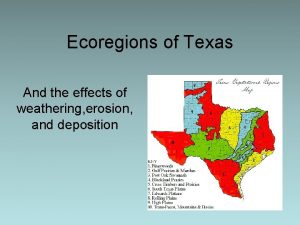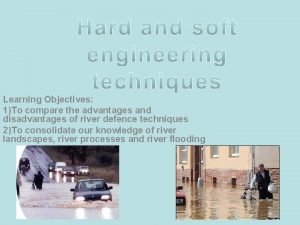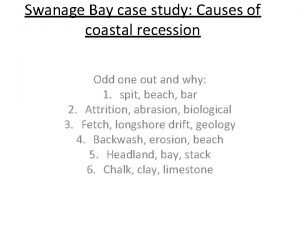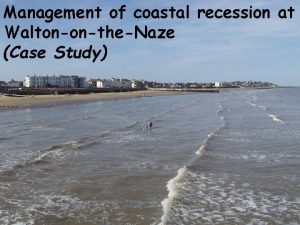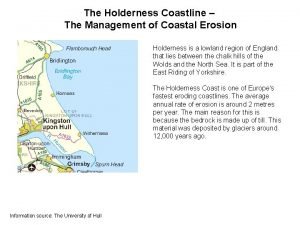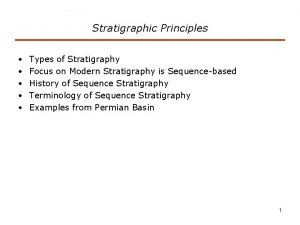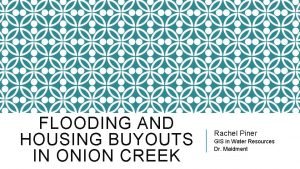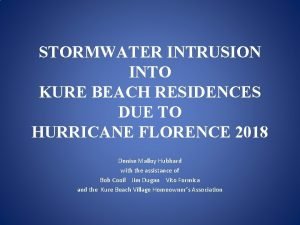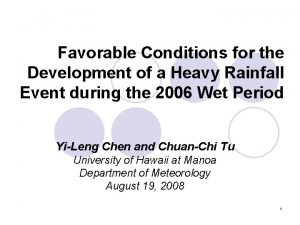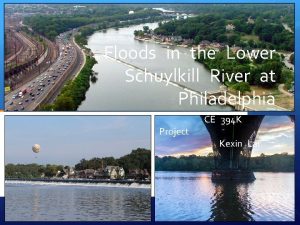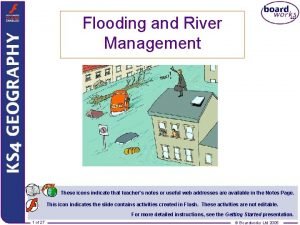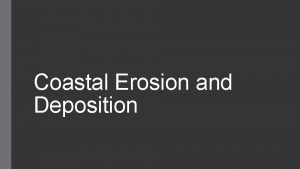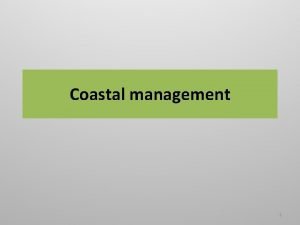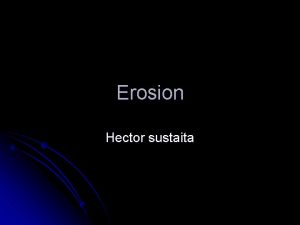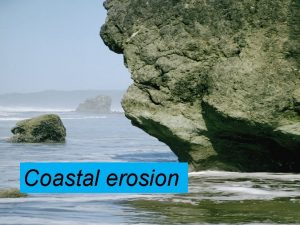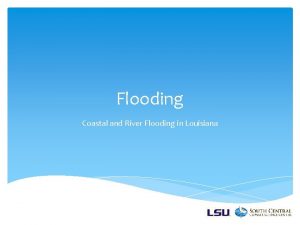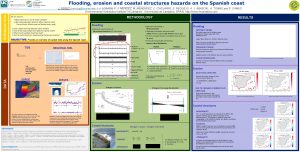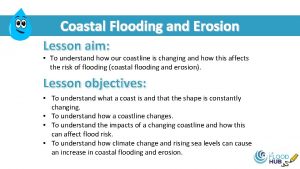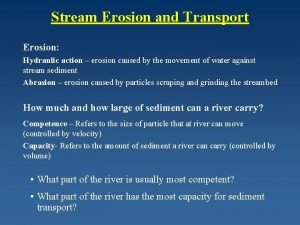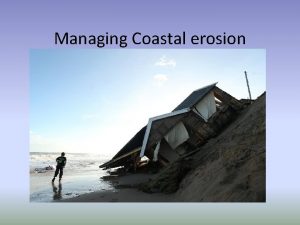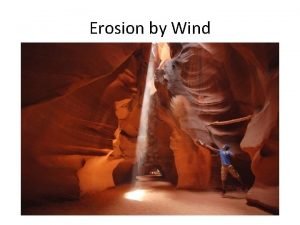Coastal defence management against flooding and erosion 2




























- Slides: 28


Coastal defence (management) against flooding and erosion. 2

Definitions • Soft engineering: method of coastal management which works with natural processes at work on the coastline and to be unobstructive (unnoticeable) visually. It does not involve major construction. • Hard engineering: method of coastal management which involves major construction work. 3

What are the main types of soft and hard engineering used on the coastline of the UK? (Coastal defences) Advantages and disadvantages of these techniques 4

Hard engineering 5

Rip-rap 6

Recurved sea wall 7

Groynes 8

Gabions 9

Offshore reef 10

Revetments 11

Soft engineering 12

Beach replenishment 13

Beach reprofiling

Sand dune regeneration

Case Study • Describe how the coast is managed in a named location. • Consider the costs and benefits of different approaches to protecting the coast in a named location. Swanage In Dorset on the south coast of England 16

Chalk Clay RATES OF EROSION ESTIMATED ABOUT 40 -50 CM PER YEAR Limestone 17

Location of examples Swanage Bay Peveril Point Durlston Bay 18

In Durlston Bay, erosion mainly occurs at one particular point, where there was a major weakness in the resistant limestone rock. There were three methods used to protect the cliffs from erosion (recession): Cliff regrading – extending it forward, making slope longer and less steep. Reduces the risk of mass movement. Drainage – removing excess water, so slope wasn’t as heavy or lubricated after rain. Reduces the risk of mass movement and freeze-thaw weathering. Rip rap placement – Large boulders at the base of the cliff to resist wave attack and dissipate wave energy. 19

Swanage Bay This is a popular recreational area for beach users, diving, fishing and sailing. Erosion occurred along a considerable length of cliff. The town has been developed on soft eroding cliffs and annual falls & slips have left some properties, such as The Pines Hotel, very close to the cliff top. Swanage landslide caught on camera 20

SEA WALL • Built in the 1920 s and provided a promenade as well as a barrier to wave attack. 21

22

Beach replenishment In November of 2005, 90, 000 m 3 of sand was deposited on the beach. The beach will need to be recharged with around 40, 000 m 3 of sand every 20 years. This works with the groynes to ensure a good size beach. The works were finally completed in June 2006 at an estimated cost of £ 2. 2 million. 23

Cliff regrading • A series of steps were made in the cliff to reduce slope angles 24

25

However: January 1 st, 2013 Dorset Coastguard have restricted access to Swanage beach and the South West Coastal Paths, after heavy rains over the holiday period caused further mudslides and cliff subsidence in Swanage. 26

Coastal realignment - Medmerry

Web site
 Erosion in the piney woods
Erosion in the piney woods Trans pecos weathering erosion and deposition
Trans pecos weathering erosion and deposition Attrition weathering
Attrition weathering Soil erosion control measures
Soil erosion control measures Control hijacking
Control hijacking Washlands disadvantages
Washlands disadvantages Swanage coastal management case study
Swanage coastal management case study Happisburgh erosion case study
Happisburgh erosion case study Walton on the naze coastal management case study
Walton on the naze coastal management case study Holderness coastline
Holderness coastline Civil defence disaster management
Civil defence disaster management Deqms sdmp
Deqms sdmp Maximum flooding surface
Maximum flooding surface Similarity flooding
Similarity flooding Flooding therapy
Flooding therapy Tornado impact on ecosystem
Tornado impact on ecosystem Flooding therapy example
Flooding therapy example Advanced emotional intelligence
Advanced emotional intelligence Core flooding experiment
Core flooding experiment Onion creek flooding
Onion creek flooding Cisco vpc 설정
Cisco vpc 설정 Kure beach flooding
Kure beach flooding Michael
Michael Kahala mall flooding
Kahala mall flooding Ship alarm signals
Ship alarm signals Flooding in key west
Flooding in key west Flooding in bangladesh case study
Flooding in bangladesh case study Schuylkill river facts
Schuylkill river facts Flooding icons
Flooding icons

